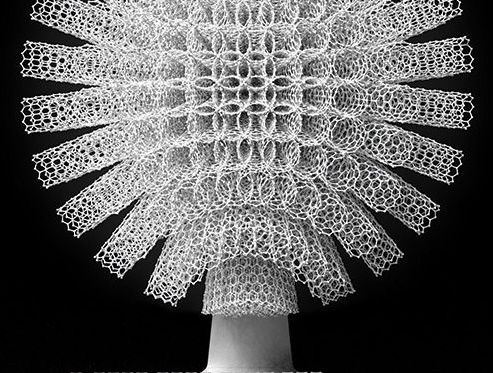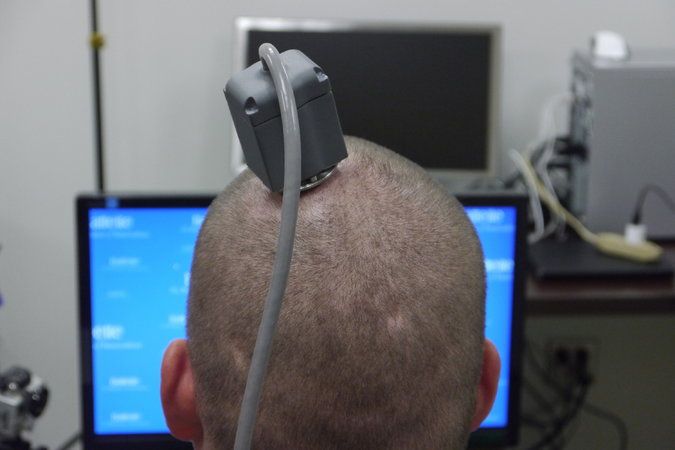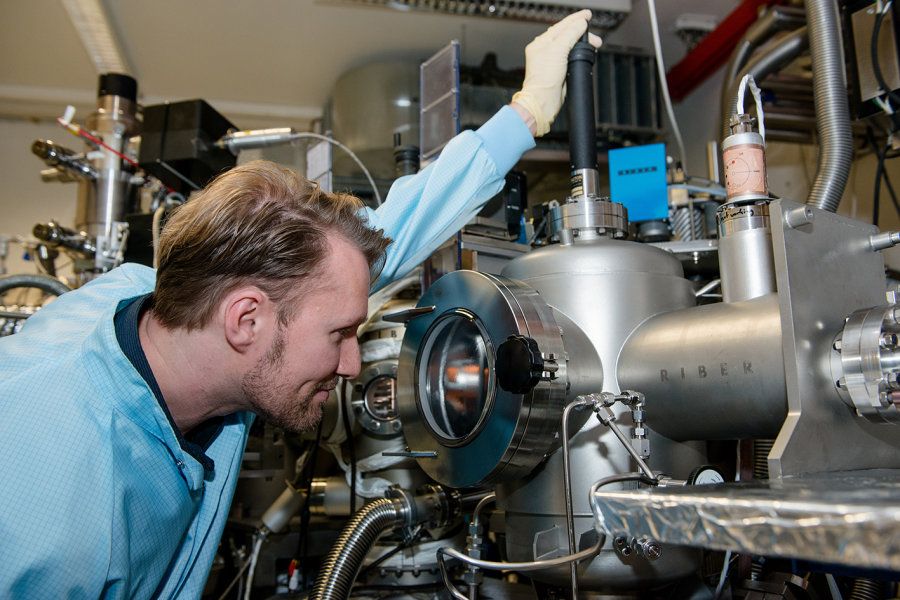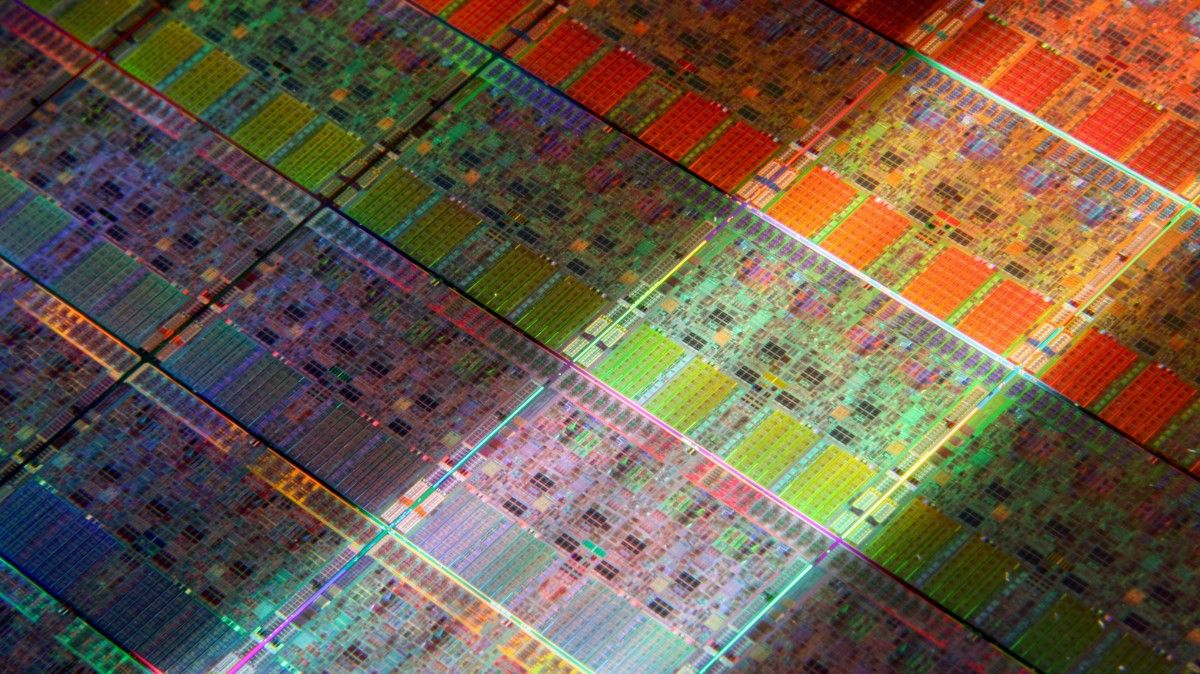Archive for the ‘computing’ category: Page 764
Jul 26, 2016
We’re Understanding How The Brain Functions By Linking Retinas To Chips
Posted by Karen Hurst in categories: biotech/medical, computing, genetics, neuroscience
Many folks are not aware that one of the early detections of GBM is through a person’s weakened eyesight as well as Ophthalmologist examinations.
The retina is essentially part of the brain. Studying them led researchers one step closer to understanding how the brain processes stimuli.
There is a genetically transmitted disease that causes the eyeballs to twitch back and forth, and it’s called Nystagmus. It impacts 1 in 1,500 men. Notably, it has been recently discovered that the twitching is caused by the miscalculations done by the retinal neurons in converting visual stimuli into electrical signals.
Continue reading “We’re Understanding How The Brain Functions By Linking Retinas To Chips” »
Jul 26, 2016
Welcome to Lab 2.0 Where Computers Replace Experimental Science
Posted by Karen Hurst in categories: chemistry, computing, mobile phones, physics, science, solar power, sustainability

We spend our lives surrounded by high-tech materials and chemicals that make our batteries, solar cells and mobile phones work. But developing new technologies requires time-consuming, expensive and even dangerous experiments.
Luckily we now have a secret weapon that allows us to save time, money and risk by avoiding some of these experiments: computers.
Continue reading “Welcome to Lab 2.0 Where Computers Replace Experimental Science” »
Jul 26, 2016
Most people are too scared to use brain chips and synthetic blood to improve performance
Posted by Karen Hurst in categories: bioengineering, biotech/medical, computing, military, neuroscience, singularity
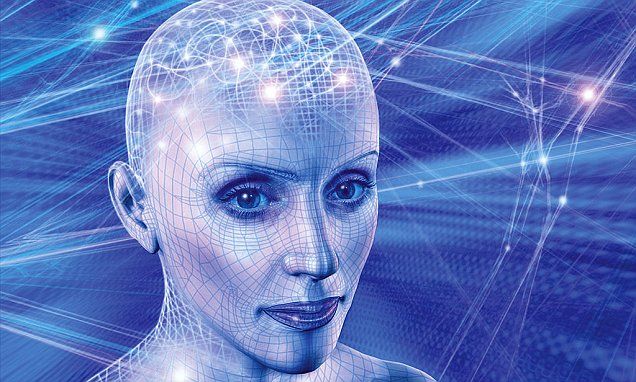
On the path towards Singularity — I believe that this is an individual choice. However, to remain relevant and competitive in industry we may see a day when folks will require this type of enhancement to compete, perform in military operations, etc.
The researchers carried out a survey of more than 4,700 US adults.
Jul 26, 2016
Quantum Advantage on Information Leakage for Equality
Posted by Karen Hurst in categories: computing, quantum physics
Abstract: We prove a lower bound on the information leakage of any classical protocol.
Computing the equality function in the simultaneous message passing (SMP) model. Our bound is valid in the finite length regime and is strong enough to demonstrate a quantum advantage in terms of information leakage for practical quantum protocols. We prove our bound by obtaining an improved finite size version of the communication bound due to Babai and Kimmel, relating randomized.
Communication to deterministic communication in the SMP model. We then relate. information leakage to randomized communication through a series of reductions.
We first provide alternative characterizations for information leakage, allowing us to link it to average length communication while allowing for. shared randomness (pairwise, with the referee). A Markov inequality links this.
Continue reading “Quantum Advantage on Information Leakage for Equality” »
Jul 26, 2016
Building a Better Human With Science? The Public Says, No Thanks
Posted by Aleksandar Vukovic in categories: bioengineering, biotech/medical, computing, neuroscience, science
The public was unenthusiastic on all counts, even about protecting babies from disease.
Americans aren’t very enthusiastic about using science to enhance the human species. Instead, many find it rather creepy.
A new survey by the Pew Research Center shows a profound distrust of scientists, a suspicion about claims of progress and a real discomfort with the idea of meddling with human abilities. The survey also opens a window into the public’s views on what it means to be a human being and what values are important.
Continue reading “Building a Better Human With Science? The Public Says, No Thanks” »
Jul 26, 2016
A new type of quantum bits
Posted by Karen Hurst in categories: computing, quantum physics
Age of Quantum Bit.
In computers of the future, information might be stored in the form of quantum bits. But how can a quantum bit be realized?
A research team from Germany, France and Switzerland has realized quantum bits, short qubits, in a new form. One day, they might become the information units of quantum computers.
Jul 25, 2016
America’s biggest chip manufacturers have admitted that transistors are about to stop shrinking
Posted by Gerard Bain in category: computing
In the next five years, it will be too expensive to further miniaturize—but chip makers will innovate in different ways.
Jul 25, 2016
‘Tractor beams’ build atom-by-atom assembly in mid-air
Posted by Andreas Matt in categories: computing, particle physics, quantum physics, tractor beam
Physicists have manipulated 50 individual atoms at once in a dramatic upscaling of a technique vital to quantum computing. Cathal O’Connell explains.
Jul 25, 2016
Computers Could Use More Than World’s Production of Energy by 2040
Posted by Karen Hurst in categories: computing, sustainability
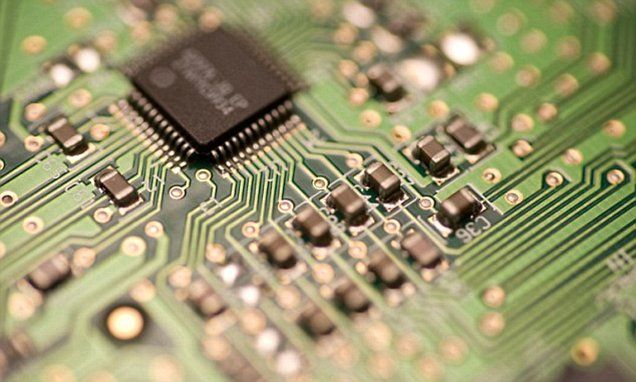
The report, by the Washington DC-based Semiconductor Industry Association and the Semiconductor Research Corporation, includes a chart which shows for the amount energy needed per bit, computing will not be sustainable by 2040.
This is when the energy required for computing is estimated to exceed the estimated world’s energy production.
Continue reading “Computers Could Use More Than World’s Production of Energy by 2040” »
